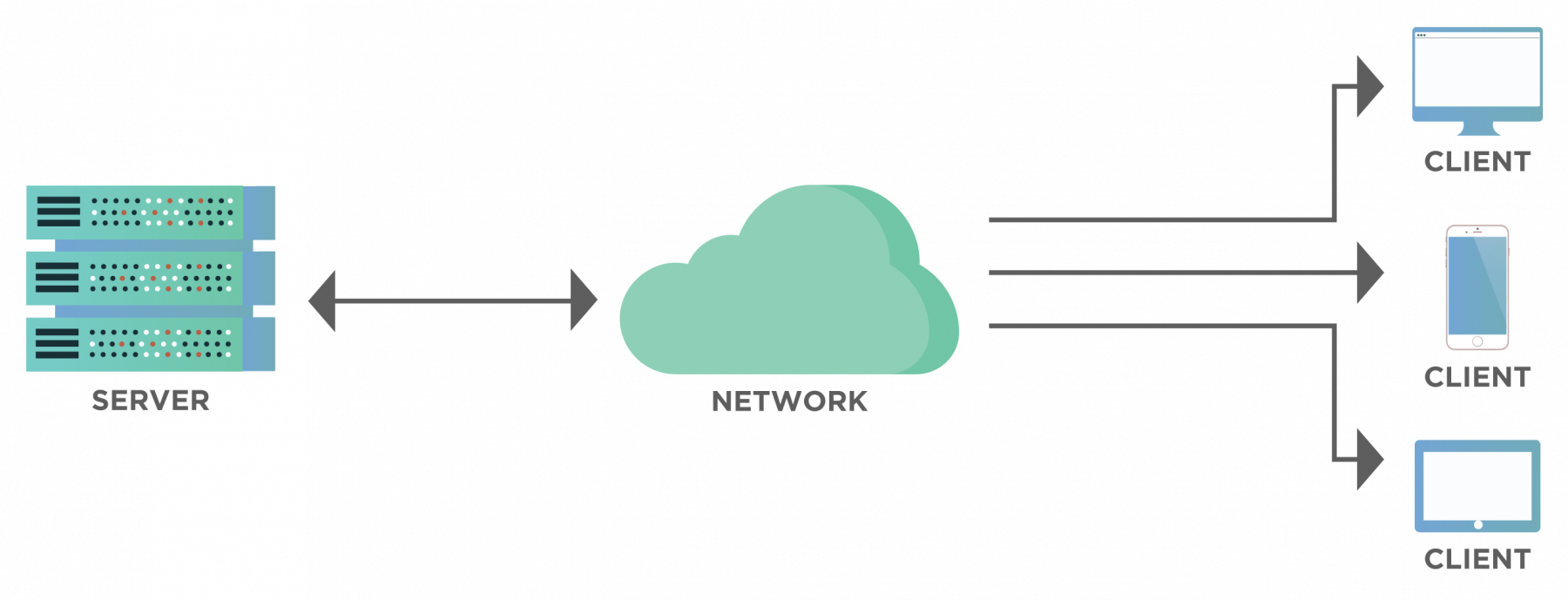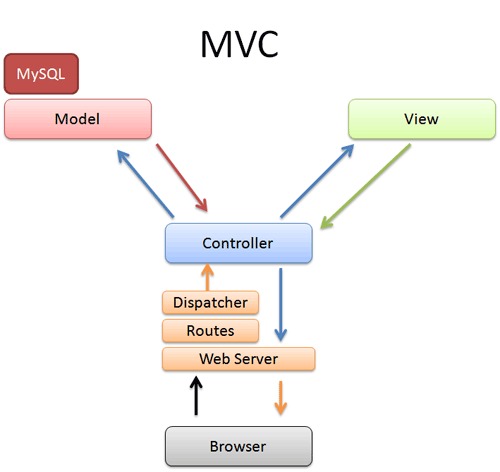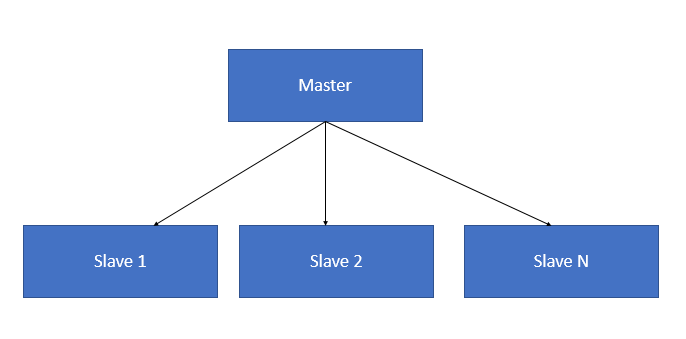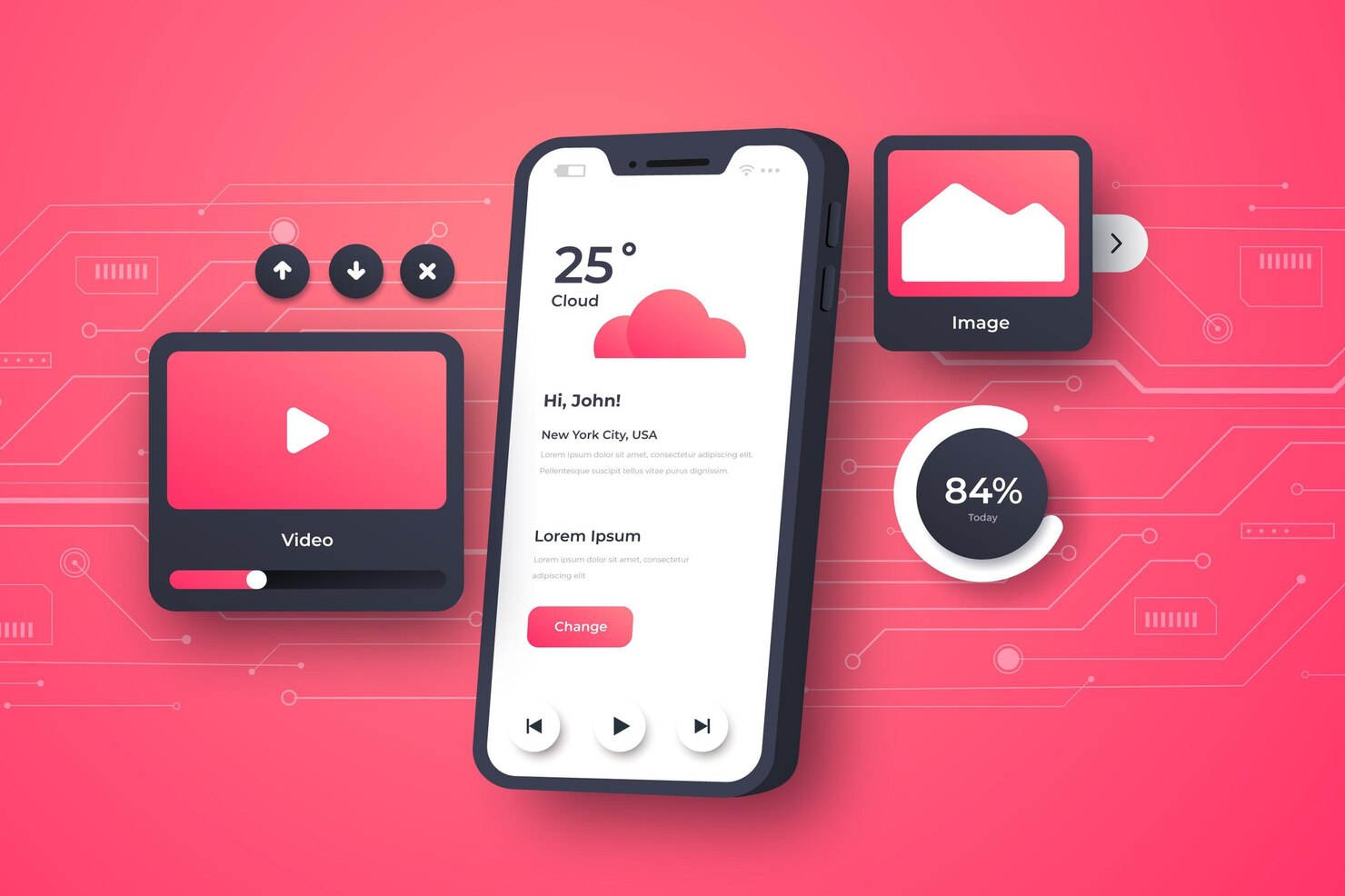Continuing from our previous discussion on Web Application Architecture, this article dives deeper into some of the most common and modern architectural patterns. Understanding these architectures is crucial before applying them to your projects, as each has specific use cases and qualities that can
significantly impact the performance and scalability of your web application.
Let’s explore some of the most widely used architectural designs in web development today:
1. Client-Server Architecture
Client-server architecture is a fundamental network structure where tasks are divided between providers of a resource or service, called servers, and service requesters, called clients. This architecture allows centralized resources, such as databases, printers, or file storage, to be accessed by multiple clients over a network.
-
Servers: These are powerful machines or processes dedicated to managing resources like disk drives, network traffic, or specific services such as email or file sharing.
-
Clients: These are typically user-end devices like PCs or workstations that interact with the server to request resources or services.
Area of Use: Common in online promotional websites, email services, document-sharing platforms, and banking systems.

2. MVC (Model-View-Controller) Architecture
The MVC Architecture is a widely adopted design pattern in software engineering that separates an application into three interconnected components: Model, View, and Controller.
-
Model: Represents the data and business logic of the application. It manages data directly and often interacts with the database.
-
View: This is the user interface of the application. The view displays data from the model to the user and allows user interaction with the data.
-
Controller: The controller handles user input, processes it (often through the model), and determines the appropriate view to display in response.
Area of Use: Widely used in web application frameworks such as Laravel, Ruby on Rails, and Spring MVC, across major programming languages.

3. Master-Slave Architecture (Primary-Replica Architecture)
Originally popular in database replication, the Master-Slave Architecture involves a primary system (master) that controls one or more secondary systems (slaves). The primary system manages tasks like data updates, while secondary systems replicate the data.
-
Master: The authoritative source for data or tasks, controlling the operation of slaves.
-
Slaves: Replicas of the master that synchronize with it, often used for load balancing or redundancy.
Area of Use: Common in database replication systems, distributed systems, and even in peripheral device management (like master and slave drives).

4. Broker Architecture
Broker Architecture is a design pattern used to structure distributed systems with decoupled components that interact through remote service invocations. A broker component mediates the communication between clients and servers.
-
Broker: The central component that coordinates the communication between service providers (servers) and service requesters (clients).
-
Clients and Servers: Servers register their services with the broker, which then matches client requests to the appropriate services.
Area of Use: Widely used in message broker software such as Apache Kafka, RabbitMQ, and enterprise systems requiring distributed services.

5. Peer-to-Peer (P2P) Architecture
In Peer-to-Peer Architecture (P2P), each node in the network acts as both a client and a server. This decentralized approach allows for more robust and scalable networks, as each participant can directly share resources with others without relying on a central server.
- Nodes: Each node in a P2P network has equal capabilities and responsibilities, sharing resources and information directly with other nodes.
Area of Use: Common in file-sharing networks (e.g., BitTorrent), distributed ledger technologies (like blockchain), and decentralized applications (DApps).

Conclusion
These architectural patterns form the backbone of modern web application development. Understanding their strengths and limitations will help you make informed decisions when designing and structuring your projects. Each architecture serves different needs, from simple client-server interactions to complex, decentralized systems.
In the final part of our "Guide to Become a Full Stack Developer," we'll explore the importance of version control with GIT and the role of DevOps in modern development practices. Stay tuned for insights on how these tools and methodologies can further enhance your development workflow.






























